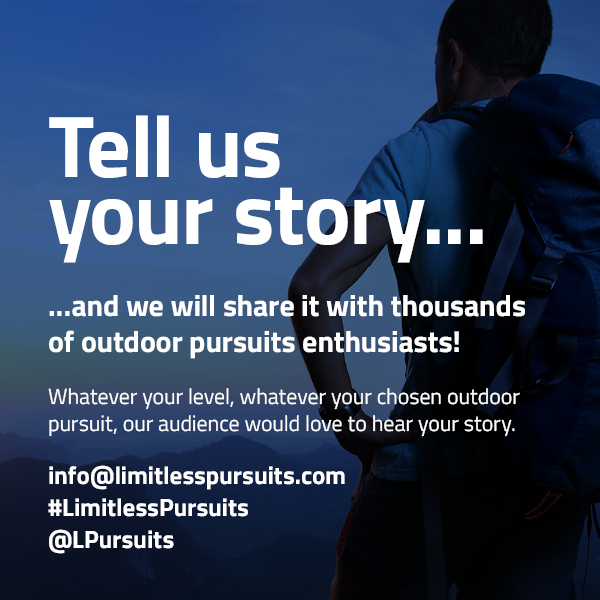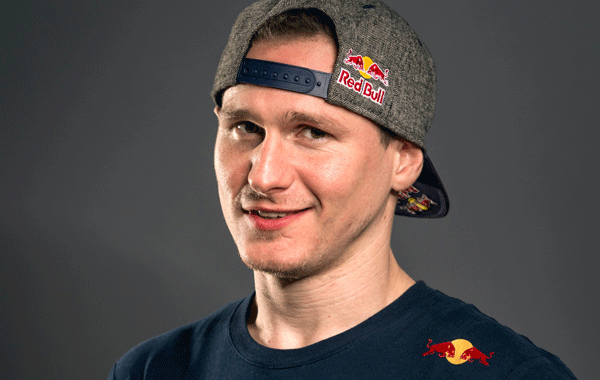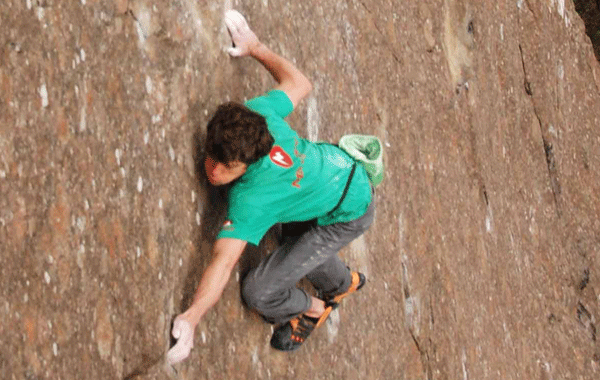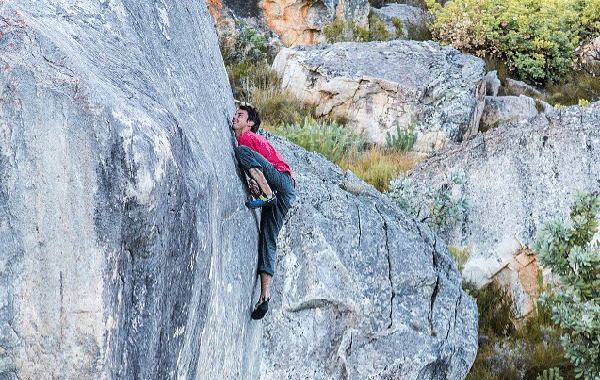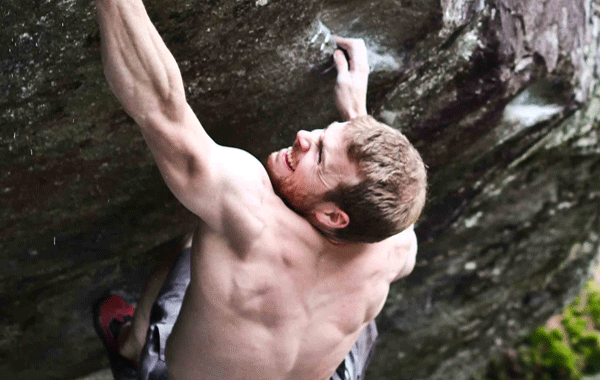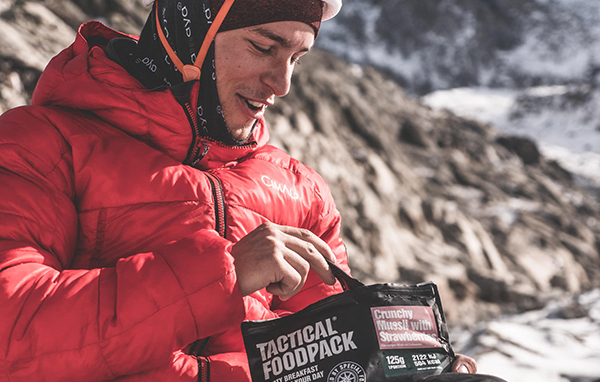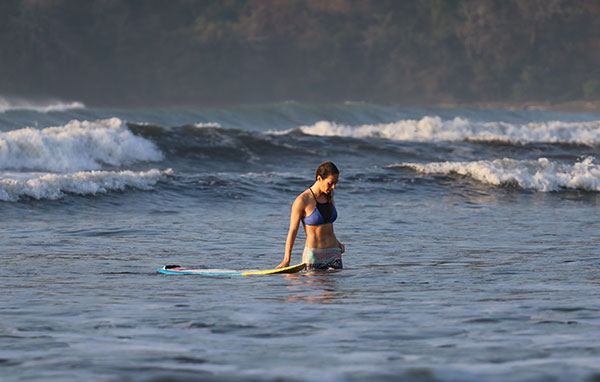
Mike Doyle is an advocate of the climbing lifestyle.
MIKE DOYLE first started climbing at high school and through the help and patience of a close friend became more and more competent in the sport.
In this interview, packed with inspiration for any climbers or those who have an interest in the sport, Mike talks about some of his biggest accomplishments in climbing and the beautiful places it has taken him around the world. Read on to learn about his passion for coaching and some of the athletes he has worked with over the years.
To find out more about Mike, to read his blogs and see his most recent pictures visit www.mikedoyle.ca.
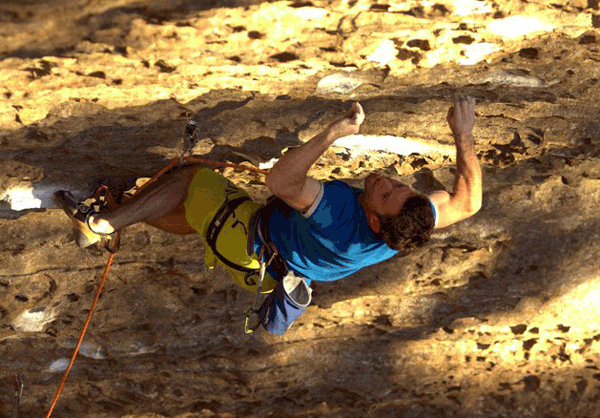
Climbing ‘The Madness’, 5.13c in Red River Gorge, Kentucky. Photo Sebastian Espinas
When did you first start climbing and who were any major influences in encouraging you in the sport?
I first started climbing through an outdoor program in my high school. The program was focused more on mountaineering than on rock climbing but I really enjoyed the days we did get out climbing.
Without a doubt the biggest influence to get me into the sport was my best friend in high school named Todd Guy. Todd was much more passionate about climbing than I was and he definitely dragged me out more than a few times. I remember him trying to redpoint a route he was working then putting a top rope up for me on an easier climb (we only had one rope), then I would climb, then he would try his climb again and then put a top rope up for me etc…
It wasn’t until a climbing gym opened up in Kelowna that I started training and really improving as a climber.

Climbing ‘Necessary Evil’, 5.14c in Virgin River Gorge, Arizona. Photo Rich Wheater
What was it like growing up close to Skaha Bluffs and what kind of climbing opportunities did this offer?
Skaha was my home crag for many years. Before Todd and I even had driver licenses we would have one of our parents drive us down there on Friday evening and then another parent would pick us up Sunday. Or we would hitchhike if we couldn’t find a ride. It was great having so many routes and that variety close by.
Skaha was just on the verge of becoming a world class destination when I first started climbing there and getting to know the route developers really helped me want to explore the cliffs more. We were constantly looking for new lines but I did more bolting just outside of Kelowna than I did in Skaha. In fact the first route I put up at Skaha was a route called ‘No More Foreplay’ – that was the first 5.13 in Skaha so I was proud of that.
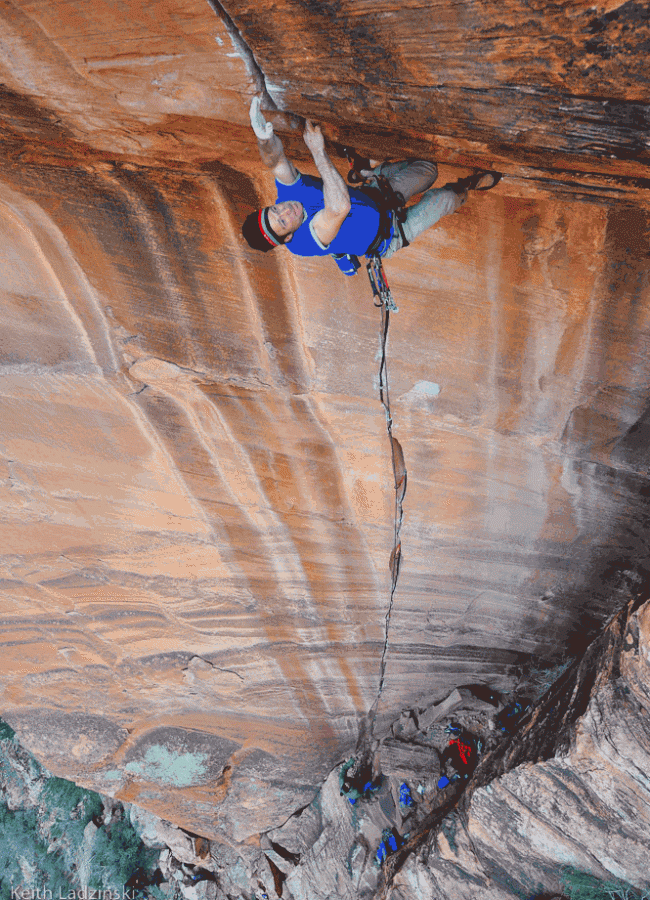
Attempting ‘Master Blaster’, 5.13c in Zion National Park, Utah. Photo Keith Ladzinski
What have been some of your biggest personal achievements in climbing and what have been some of the most amazing places the sport has taken you to?
When I first started getting serious about climbing I was really focused on competition climbing and did really well at competitions around BC, Western Canada and the Western United States. I competed at a few national level events, some world cups and placed second at the North American Championships in 2004. However, I think my biggest personal achievements as a climber are when I did my first 5.14a in 1998 (‘Pulse’ – Squamish, BC), when I did the first ascent of ‘Lucifer’, 5.14c in the Red River Gorge, Kentucky and earlier this year when I redpointed ‘Necessary Evil’, 5.14c at the Virgin River Gorge in Arizona.
I have traveled all over for climbing, met so many incredible people and been to some amazing places. Some of my favorite places are Mt Arapiles and Grampians National Park in Australia, the island of Kalymnos in Greece, Ceuse in France, Rodellar in Spain, Railay in Thailand, Rocklands in South Africa and of course many, many places in North America.
I currently live in Las Vegas and am constantly reminded of just how good the climbing is around here.
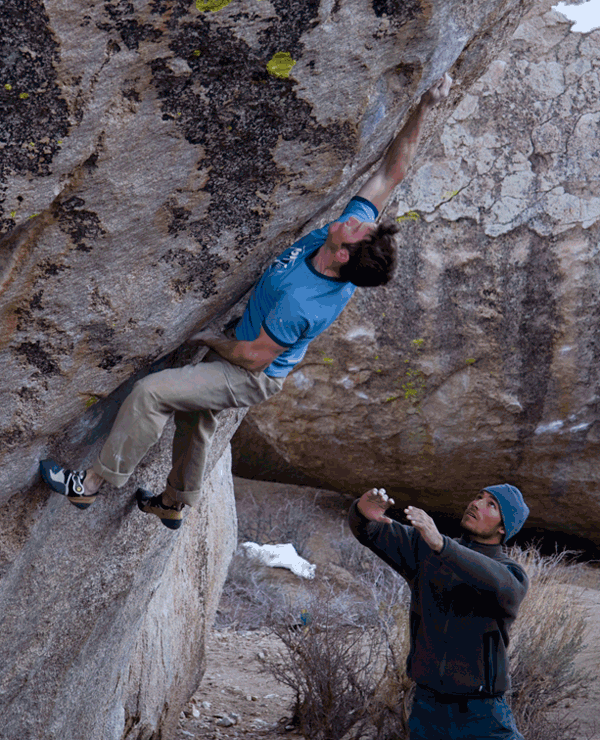
Redpointing ‘The Mandala’, V12 in Bishop, California. Photo Audrey Sniezek
When did you first start coaching and who are some of the people you work with?
I first started coaching in 1997 in Kelowna. I was competing a lot myself but wanted a more structured environment to train so I really just invited people to train with me.
In the fall of 1999 I started coaching at The Edge Climbing Center in North Vancouver and was an assistant coach then head coach of the Canadian National Team 2000-2007. While at The Edge I worked primarily with Andrew Wilson who was the head coach and we had an amazing group of talented climbers. The most famous of whom are probably Sean McColl and Will Stanhope but I am extremely proud of other climbers we coached both on The Edge team and on the Canadian National team, many of whom are still sponsored athletes and climbing at a very high level or involved in climbing somehow. If I started listing them it would be a very long list.
Tell us about your life outside climbing and is it easy to always make time for your hobby?
I work more than full time as a software developer for a startup based out of Seattle. I live and work remotely from Las Vegas but try to travel with my laptop when I can. It’s not always easy to make time for climbing but making time isn’t the only problem. I find the bigger problem to be staying mentally fresh for climbing or training. It’s difficult after a long day at work to summon the mental energy to exercise, train or even focus on climbing.
For me, climbing at my physical limit is also very mentally challenging. I like to rehearse the sequence of the route over and over in my head and visualise every little detail from how the rock feels, to how my breathing should be and even my internal dialogue that I will focus on when climbing. When I am busy with work I can’t do this mental preparation as much and I definitely feel it when I go out climbing.
Sometimes I’m tired, sometimes I can’t try as hard as I want and sometimes I just make mistakes. I’m not complaining, just explaining what my challenges are.
My work/life balance is pretty good and it’s a choice I make to live this lifestyle.
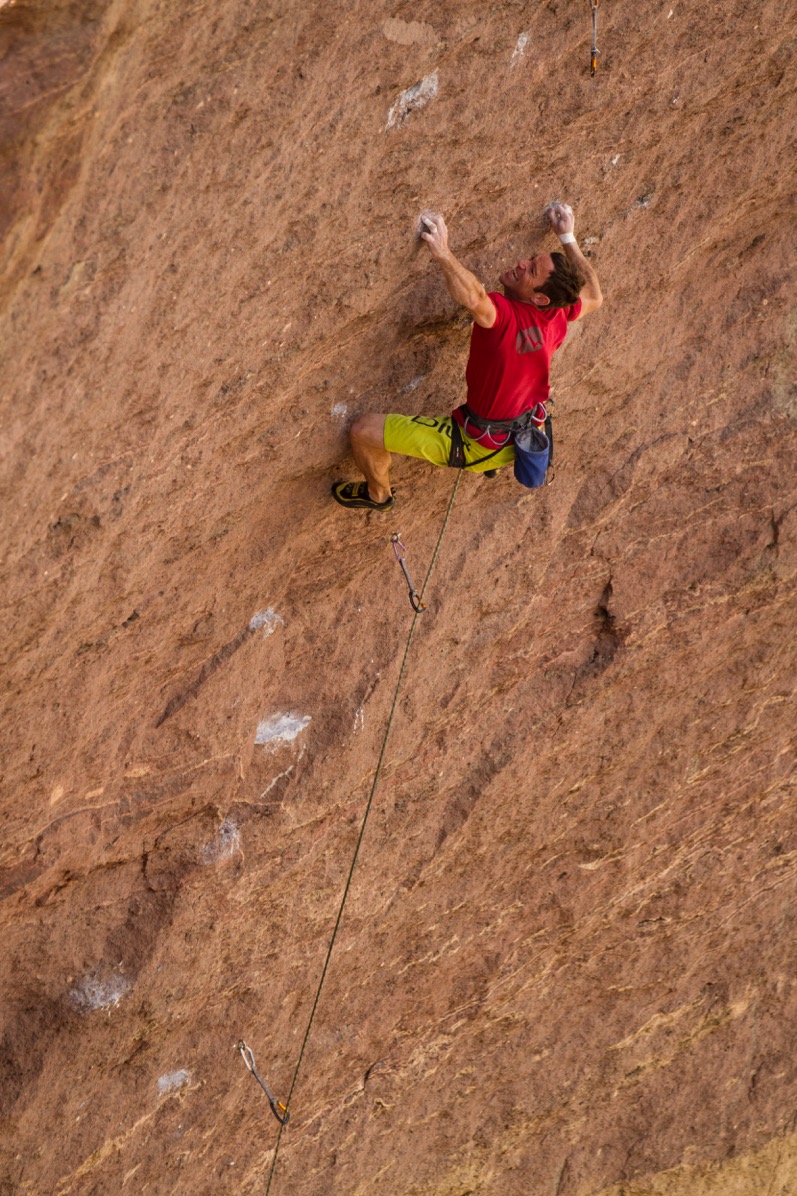
Persevering while attempting ‘Just Do It’, 5.14c in Smith Rock, Oregon. Photo Jason Karn
Are you involved in any other extreme sports and are there any you’d like to give a go?
I don’t know about ‘extreme’ sports but I really enjoy surfing and try to get out when I can. Surfing and climbing is not a good combination though. I get really tired from surfing and it makes my skin soft which makes climbing more difficult and painful. I really have to allocate time for surfing but when I do, I have a blast.
Honestly, I’d love to try wingsuiting. I just think it must be incredibly exhilarating to soar through the air. I also know that it can be really dangerous and I would take the learning very slow and avoid the proximity flying. I think…
Where did the idea for www.mikedoyle.ca come from and what can visitors expect from the website?
My personal website started out as just a place to share some photos with friends of the trips I have been on. It really hasn’t evolved to much more than that. I have also posted a training manual and some links to training articles. I still try to post trip reports and upload the photos but it’s getting more and more difficult to make time for it when I have a Facebook page (www.facebook.com/mikedoyleca) that I post the same photos to. On my website is a little more detail about the trips and a more personal touch to the stories.
What can readers expect from your training manual for rock climbers and do you have any plans for other books and guides?
I wrote that training manual in 2002 when I was the head coach of the Canadian National team. At the time that was basically how I would structure a training plan for the athletes I was coaching. Since then more research on climbing training has been done and I wrote some articles for Rock&Ice that are linked to off of my site. I am working on revising the training manual to reflect the new knowledge that I have gained about training. I’m not sure when it will be down but check back for details late next year.
